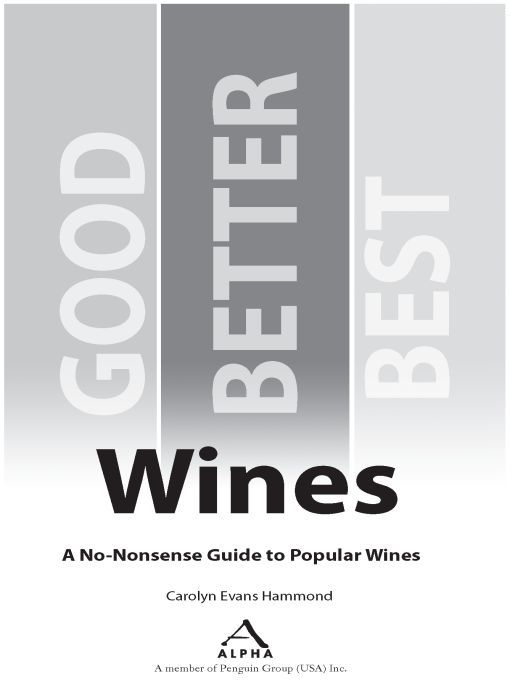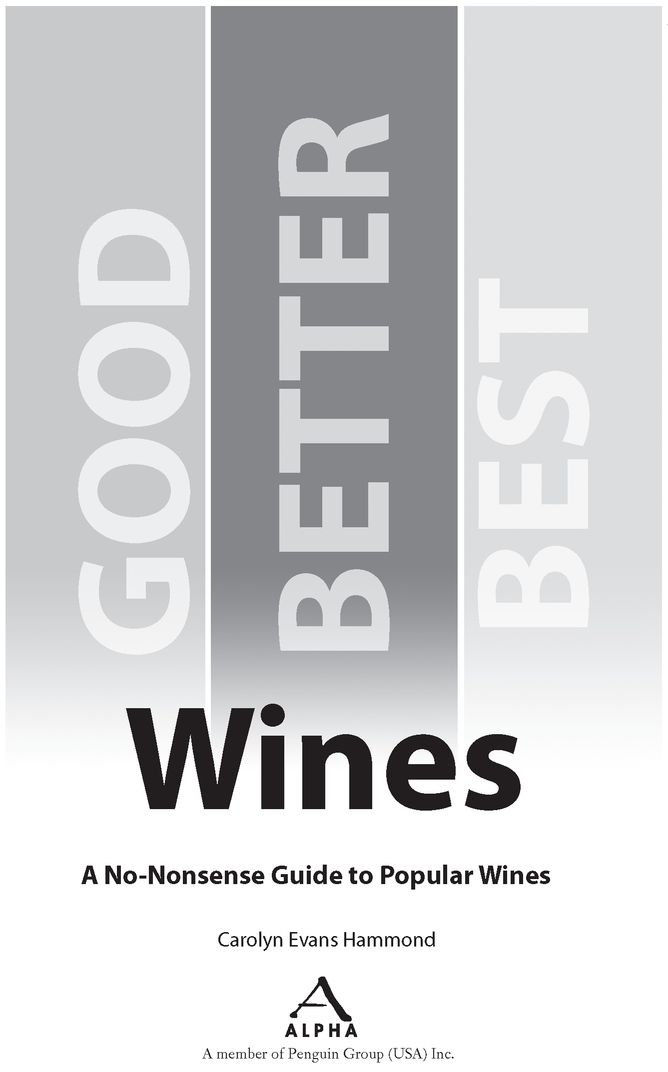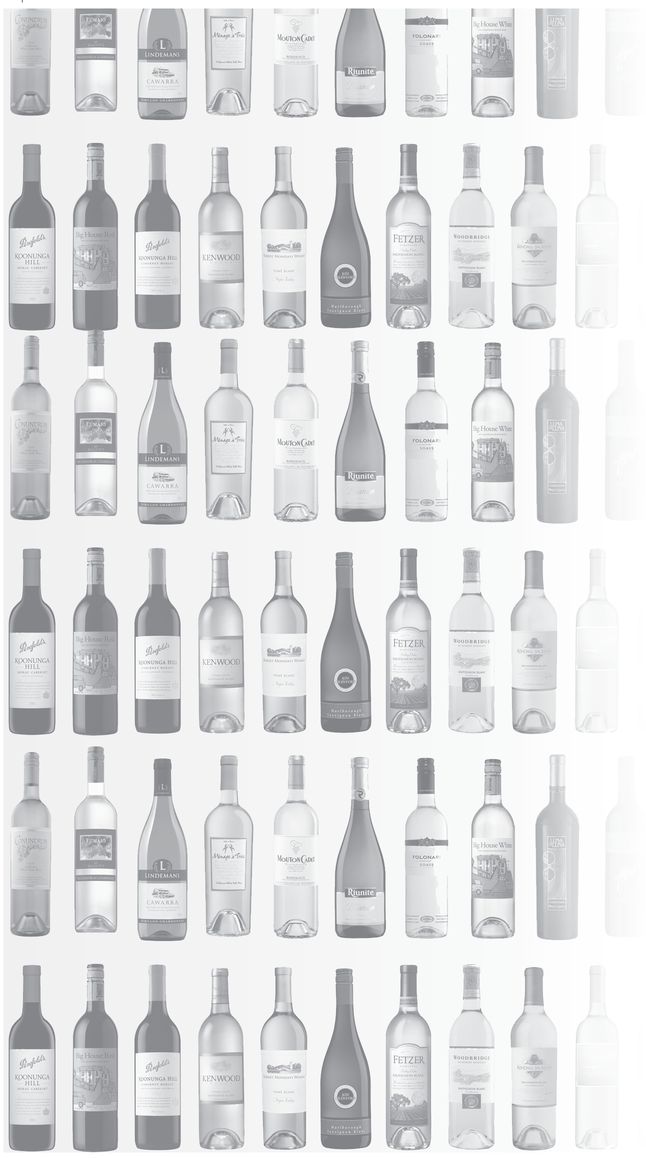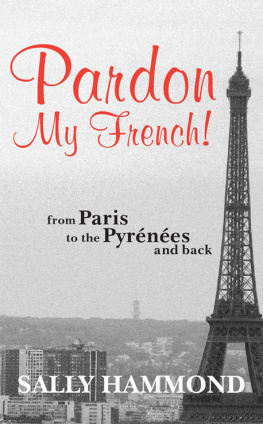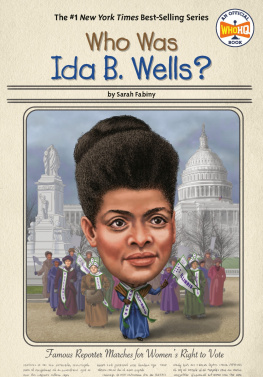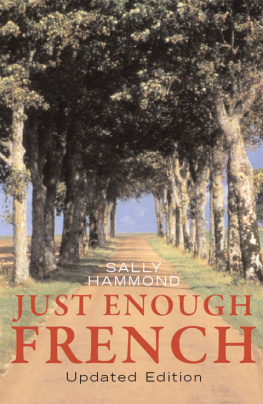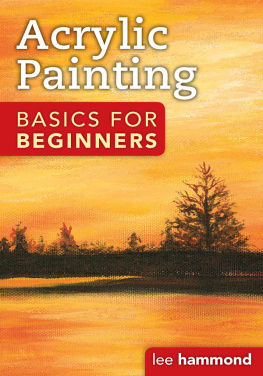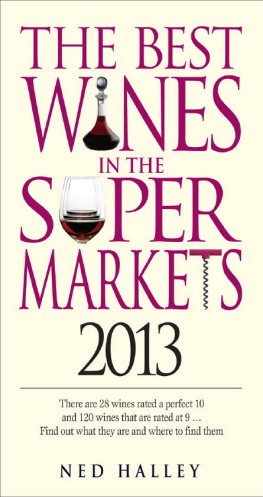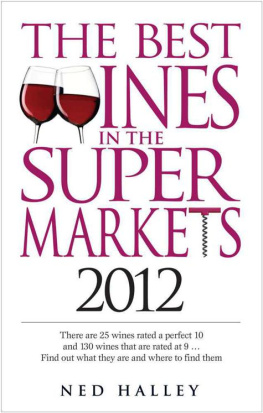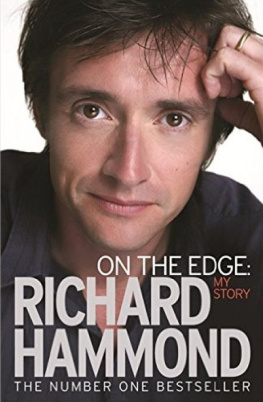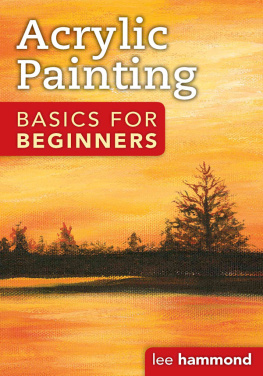Table of Contents
For Geoffrey.
Introduction
If anyone can wobble into verbose, irrelevant, wayward, noun-strewn-as-adjective criticism, its a wine writer. I know. Its my profession. But who cares if the grapes were handpicked by Jean-Paul with the blue beret and his three sons, then thrice sorted, pneumatically pressed, fermented with wild yeasts, aged in large old oak barrels, and blended with 2.4 percent Semillon to enhance the mouthfeel? Or that the vines grew in soil rich in calcareous Kimmeridgian clay and Jean-Pauls wife Martine once drank the 1967 vintage with Pierre Bardot, the fifth cousin of Bridget Bardot?
What does the wine taste like? Is it a good price? And is it available at the wine shop or supermarket down the street? Thats what matters, especially when youre looking for a great-tasting, five- or ten-buck bottle to enjoy midweek.
Sure, a little story is interesting conversation lube, but talk of wine can quickly dwindle into mind-parchingly dry drivel about vineyard location, vintage quality, and the tepid tedium of winemaking techniques like malolactic fermentation, micro-oxygenation, and filtration.
With this book, Im putting my foot down. Slamming my fist on the table and giving you the stuff that matters. The dirt. The goods. The short, sweet, critical information on what the wine tastes like so you can get on with drinking. I sample, you drink. Deal?
With that in mind, Ive tasted the top brands in the United States. These are the brands you know, the bottles you recognize, and the names you trust to make wines that suit you and everyone you know.
And Im not pulling these brands from thin air. Each year a respected market research company called The Beverage Information Group publishes the Wine Handbook, which includes a ranking of the top 120 wine brands based on volumes sold across the United States. Ive based this book on those brands. Additionally, a few marketing and public relations people persuaded me to include names outside the top 120 by nearly breaking into arias about the greatness of certain bottles, then anchoring their hand-waving enthusiasm with compelling information to show the wines are both popular and widely available. So I tasted these bottles, too, on your behalf.
Just how popular are the brands in this book? The top brand sold the equivalent of 270 million regular-size bottles in 2007, and most brands represented here sold no fewer than 4.8 million bottles in the same 12-month period. These arent wines people buy and go, meh, and dont buy again. Theyre repeat purchases. The numbers bear that out. Plus, the wines are not just stocked at a handful of out-of-the-way wine boutiques; theyre the most widely available bottles in the United States.
So what Ive done with this guide is compare grapes to grapes. All the $5 to $7.99 Chardonnays were tasted side by side to determine which ones are best, as were the $8 to $10.99s, and the $11 to $15 offerings. For this book, $15 is the cutoff because volumes drop considerably beyond that price. Wines over $15 are generally made in smaller amounts, arent as widely stocked, and so arent relevant to these pages. The only exception to the $15 cut-off is Chapter 19 on dessert wine, which includes bottles up to $30.
What Ive done with this book is represent the most popular varieties sold in the United Statesthe Chardonnays, Pinot Grigios, Sauvignon Blancs, Merlots, Cabernet
Sauvignons, and so forthwith a chapter devoted to each. To cover some other interesting stuff, a couple of catchall chapters were thrown in, titled Other Great Whites and Other Great Reds. And to account for the usually terrible but sometimes quite drinkable wine that costs less than $5 per bottleor the equivalent value in boxed formIve tacked on a chapter called, Good Deals at Super-Low Prices.
I might add that Americans drink more domestic wine than imported, so the regional cross-section of wines here follows suit. A bit of Argentinean, Australian, Chilean, French, German, Italian, New Zealand, Portuguese, South African, and Spanish wine is included, but theres a whole lot of great-value American stuff.
This book not only recommends the good, better, and best wines in every important category with bottle images to help you find them in the shops, it also slips in other interesting bits of information including food pairing suggestions, best serving temperatures, and factoids for conversation foddersuch as the names of the best-selling Pinot Grigios in America.
A useful guide to popular wines is necessary given that Americans already spend more money on wine than any other nation. The United States will drink more wine than any other country by 2012, and the vast majority of the wine Americans drink is popular big brands that sell for less than $15 per bottle. It makes sense; although thousands of wines exist, big brands like Barefoot, Beringer, Cavit, Korbel, and Rosemount deliver great value for the money. They taste the same year to year, theyre widely available, and they sport clear and recognizable labels. And of course theyre made to appeal to the many rather than the few, so you can count on them not to let you down.
While wine snobs with raised pinkies are buying, swirling, and sniffing the wines that cost two arms and a leg per bottle and are tediously hard to find, the rest of America is just drinking wine. Popular wine. Big-brand wine. Ironically, a disproportionate amount of wine writing focuses on big-ticket, small-scale wines in infinite detail, yet no book has ever focused on ranking popular big brandsuntil now.
One reason little ink has been spilled on big brands is that theres a stigma attached to them. Among wine critics and connoisseurs, theyre often seen as less interesting. Too commercial. Too generic. Too industrialas if quantity has an inverse relationship with quality, which of course it doesnt. Uninspiring wines are made by both big and small producers, but still this stigma persists.
Among some wine critics, its even believed that big brands are simply a means for driving shareholder value, leading to marketing that overpromises and bottles that underdeliver. Though this is the case sometimes, its certainly not always true. It makes better business sense to do the opposite: use economies of scale to make wines that overperform at each price point and then fan awareness with honest marketing.
Sure, big brands use economies of scale to muscle into the market, and it tugs at the heart to watch cold, hard market forces squeeze out smaller winemakers. With little money to toss toward marketing, merchandising, and advertising and without the quantities of wine or dollars needed to secure wide distribution, the little guy loses and the big guy winssimple as that. Its especially difficult for wine critics to watch this happen when we spend much time visiting smaller winemakers, seeing the dirt under their fingernails, feeling the grip of passion behind their words, and appreciating their daily struggle with those gnarled vines to produce wines of beauty, place, and often pedigree. On some level, its hard not to fall in love with these producers when they charm you with their honest lifestyle, take you into their homes, make you food, and court you with their most treasured wines. But the people behind the big brands work hard, too, and their wines couldnt be successful without consumer consentwithout making wine that people like to drink, can find on the shelves, and count on for pleasure. Big brands are there to turn to as reliable, go-to wines for Wednesdays pasta, Fridays hamburgers, or that upcoming wedding reception for 100 of your closest friends and family.

